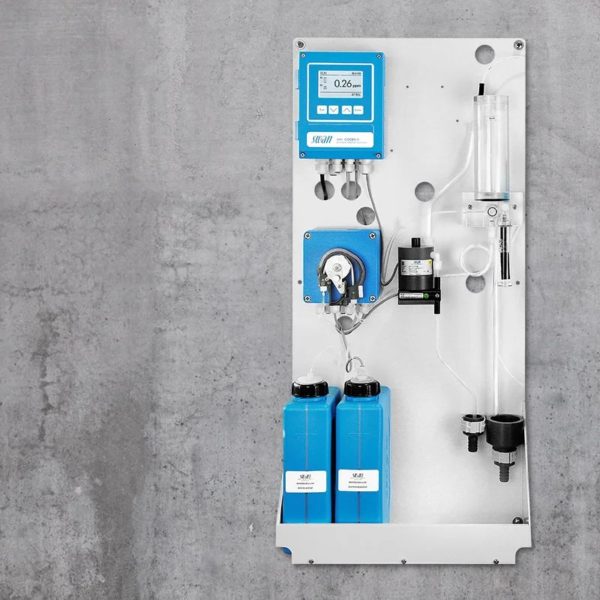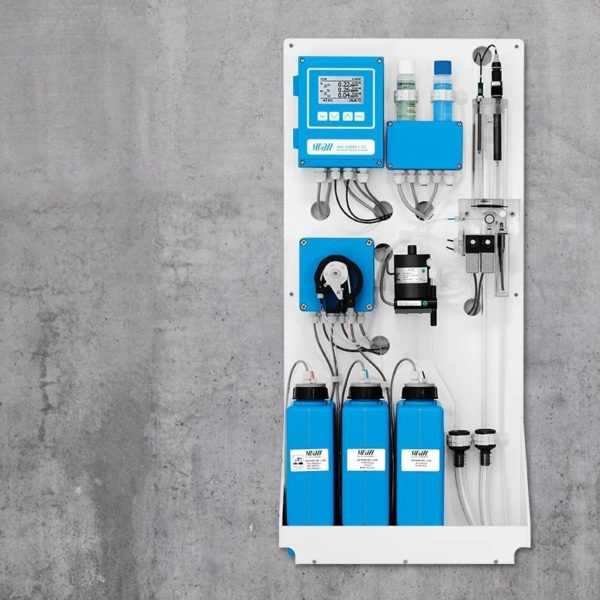What is Monochloramine?
Monochloramine is an inorganic compound with the chemical formula NH2Cl. It is a derivative of ammonia wherein one hydrogen atom is replaced by a chlorine atom. Monochloramine serves as a secondary disinfectant in water treatment processes and is valued for its stability compared to free chlorine, which dissipates more rapidly. This compound is more selective than chlorine, reacting with a narrower range of organic compounds, making it effective in maintaining disinfectant properties over longer distances within water distribution systems. Monochloramine is produced most commonly by combining ammonia with chlorine, which is added to drinking water as part of the treatment process to kill microorganisms such as bacteria, viruses, and protozoa. Its use is widespread due to its ability to provide lasting disinfection while minimising the formation of disinfection by-products associated with other chlorination methods.
Monochloramine in Water Treatment
Monochloramine is a widely used disinfectant in water treatment systems, valued for its stability and ability to maintain water quality over extended distribution networks. Unlike chlorine, it forms more slowly and remains active for longer durations, reducing the risk of microbial regrowth in pipes. This makes it particularly effective in large municipal water systems. Additionally, it produces fewer disinfection byproducts like trihalomethanes, which can pose health risks. However, there are considerations to keep in mind, such as its lower immediate disinfection strength compared to chlorine and the need for careful management to avoid issues like nitrification. Proper monitoring ensures its safe and effective use in drinking water systems.
Monitoring Monochloramine in Water
Monitoring monochloramine levels in water is a critical aspect of ensuring the safety and quality of drinking water. Monochloramine, used as a secondary disinfectant in water treatment processes, requires careful management to achieve optimal disinfection while preventing the formation of harmful by-products. The American Water Works Association (AWWA) emphasises the importance of monitoring the ratio of chlorine to ammonia closely to prevent incomplete formation of monochloramine, which could leave higher concentrations of undesired compounds in the water.
The monitoring of monochloramine in water underscores the balancing act between effective disinfection and the minimisation of potential health risks associated with disinfection by-products. Through diligent monitoring, employing both established and innovative methodologies, water treatment facilities can ensure the delivery of safe, high-quality drinking water to the public.
Monochloramine Analysers from Swan Analytical



